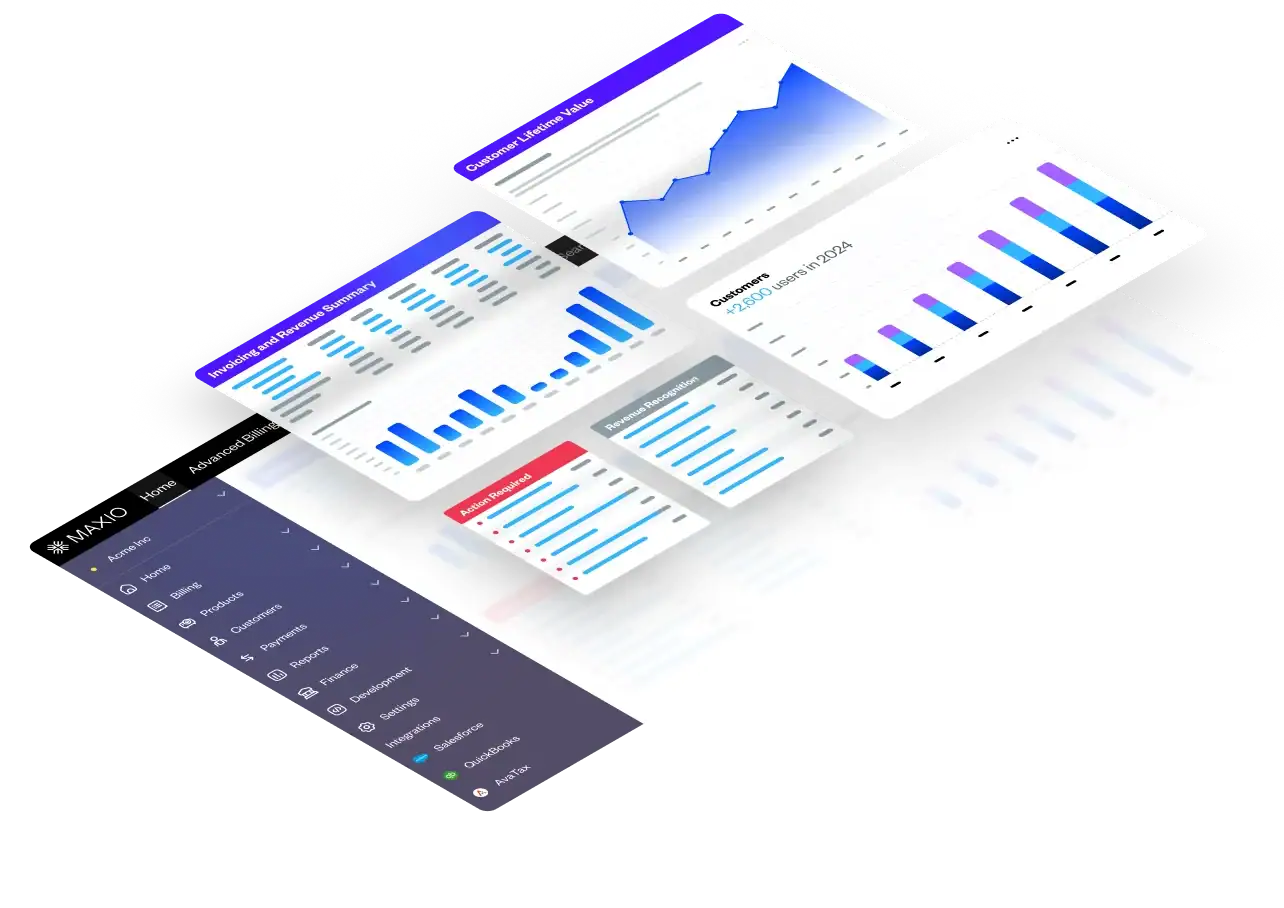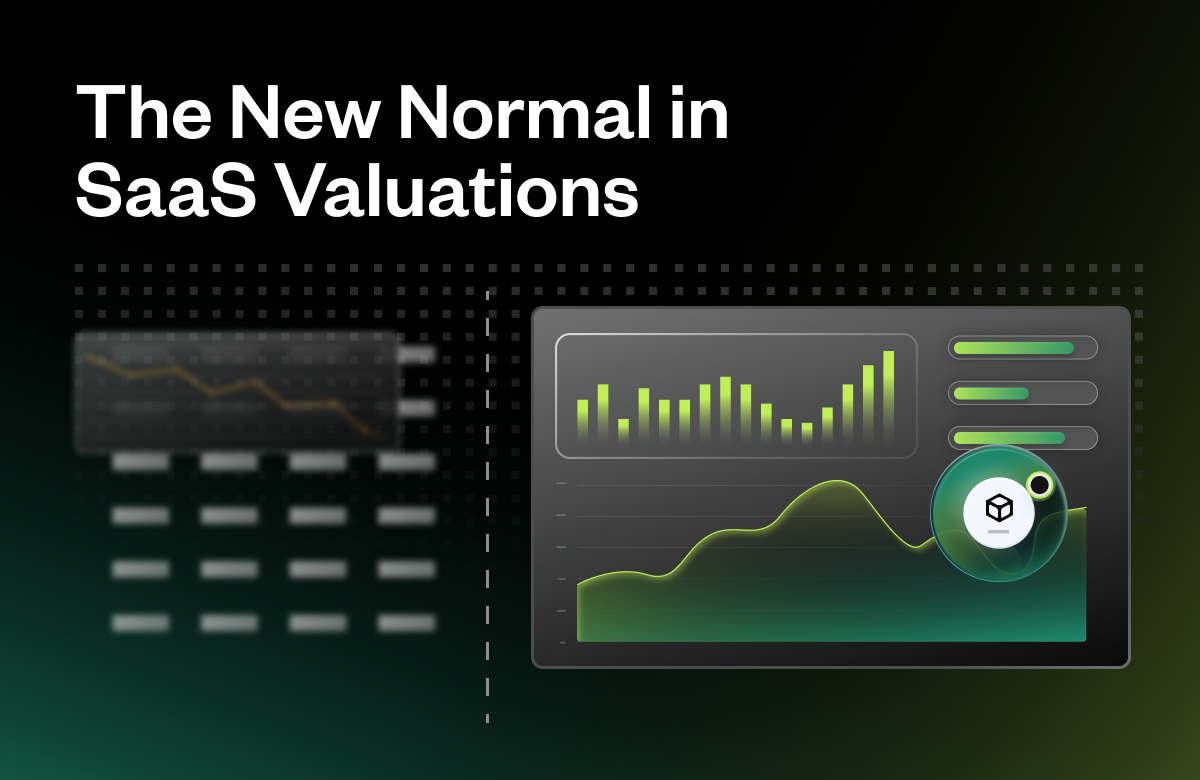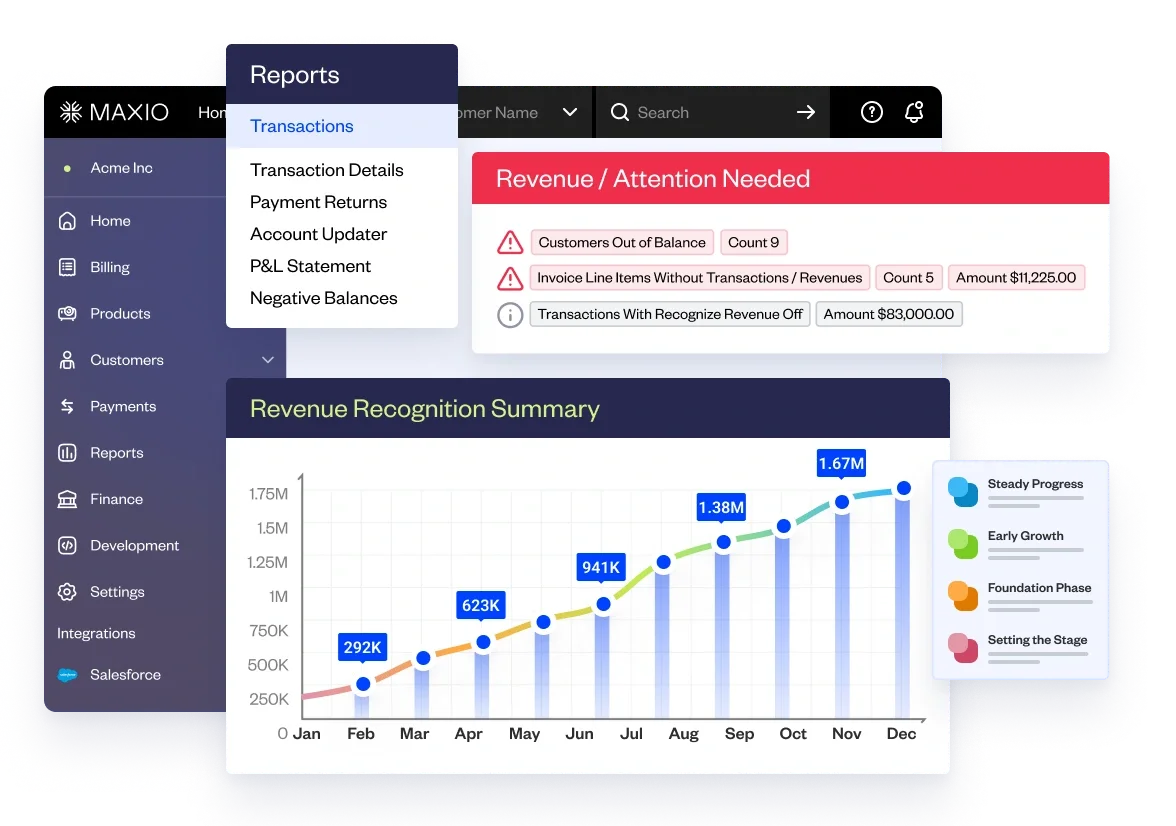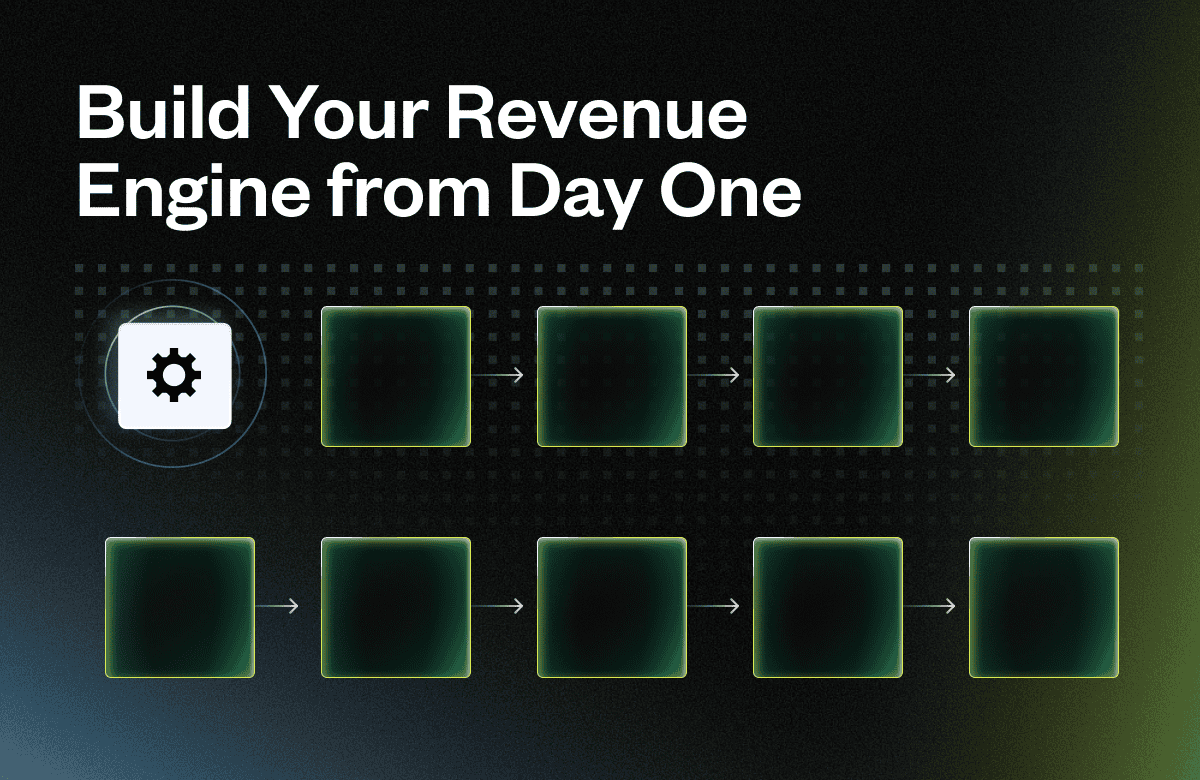Valuations Are “Normal” Again, But the Rules Have Changed
After several years of volatility, SaaS valuations have stabilized. Median valuations have returned to pre-pandemic levels, around six to eight times ARR.
At first glance, that looks like a return to normal. But while the market has steadied, the criteria investors use to assign value have shifted dramatically. The spread between the best and worst performers has widened, and the difference comes down to durability.
In a recent webinar featuring Maxio COO Alan Taylor and SaaS Capital’s Randall Lucas, the two broke down why today’s investors aren’t rewarding growth at all costs anymore. Instead, they’re placing a premium on predictability, efficiency, and one metric that reflects both: retention. You can watch that conversation here.
Today’s investors are not rewarding growth at all costs. They are rewarding durability—and they’re focusing more heavily than ever on retention as the marker of it.
The Widening Valuation Gap
The SaaS market has become polarized.
According to research from SaaS Capital, the median valuation multiple may still hover around six to eight times ARR, but the spread between top and bottom performers has doubled. Before 2020, that spread was about three turns. Today, it is closer to six.
Top performers are commanding ten times ARR or higher, while others struggle to clear two times ARR.
In today’s market, the delta between the highest and lowest SaaS valuation multiples has widened dramatically. Some companies are valued at just one to two times ARR while others achieve ten or even twenty times multiples. What drives this divergence isn’t raw growth—it’s the quality, durability, and predictability of that growth. Companies with strong retention and highly dependable recurring revenue earn the confidence of investors, while those with inconsistent or unstable revenue streams see their multiples compress.
Retention Is the Ultimate Valuation Lever
If you want to understand how investors are evaluating SaaS businesses today, start with Gross Revenue Retention (GRR) and Net Revenue Retention (NRR).
Investors now set clear expectations:
- GRR below 85 percent is a concern.
- GRR of 95 percent or higher begins to unlock premium valuations.
- NRR between 110 percent and 120 percent signals best-in-class performance.
Today’s investors expect 85 to 95 percent GRR, and if you’re nearing 95 percent or higher, that becomes a real differentiator. Conversely, if NRR is below 100 percent, investors often see it as a red flag because it signals churn or limited ability to expand within your base.
Retention is not just another performance metric. It is a signal of customer health, product value, and growth efficiency. Companies that retain and expand existing customers build a durable revenue base that investors trust.
How Top SaaS Companies Track and Improve Retention
The best SaaS operators do not treat retention as a quarterly afterthought. They treat it as a daily discipline.
Teams should treat renewals with the same rigor and celebration as net-new opportunities. Big renewals and saves should be celebrated just like big enterprise wins.
High-performing SaaS companies share a few common practices:
- They track GRR and NRR monthly, and some even monitor intra-month trends.
- They segment retention by customer type, vertical, and ARR band to identify risks early.
- They analyze both trailing 12-month and three-month retention windows to spot shifts before they become problems.
Using tools like Maxio’s Advanced Subscription Momentum Report, finance and RevOps teams can monitor retention performance in real time. They can segment customers by type and value, uncover expansion opportunities, and present investor-ready metrics that tell a clear and credible story.
Retention tracking is not just a reporting exercise. It is a growth strategy that strengthens customer relationships, reduces churn, and builds predictable revenue streams.
Beyond Retention: Other Metrics That Matter
Retention is the foundation, but it is not the only factor that influences valuation.
Metrics such as LTV:CAC, gross margin, and the Rule of 40 (or 50) remain important, but they all rely on strong retention as a base. Efficiency and profitability have become the dominant themes in investor conversations.
Even as usage-based and hybrid pricing models gain traction, predictability remains the core driver of valuation. Variable pricing doesn’t have to mean volatile revenue—many SaaS companies design their metered or activity-based components to behave much like recurring subscription streams. For organizations exploring more flexible billing models, modern metering tools make it possible to track and monetize usage while still maintaining clear revenue visibility and investor-ready consistency.
The Takeaway: Know Your ARR Inside and Out
The SaaS companies that achieve premium valuations today are not simply growing fast. They understand and manage every dollar of ARR and retention.
Ultimately, SaaS companies that earn premium valuations are the ones that understand their ARR with absolute clarity. That means tracking it consistently, segmenting it from multiple angles, and relying on tools and reporting that surface accurate, trustworthy metrics. A clear view into the underlying data isn’t optional—it’s essential for demonstrating predictability and financial discipline to investors.
The era of “growth at all costs” is over. Today’s leaders win through retention discipline, efficient growth, and data-driven financial visibility. The companies that can prove predictability will continue to command the highest valuations in 2025 and beyond.
Watch the Full Conversation
To hear the complete discussion between Maxio COO Alan Taylor and SaaS Capital’s Randall Lucas on what drives today’s SaaS valuations, explore the on-demand webinar.






